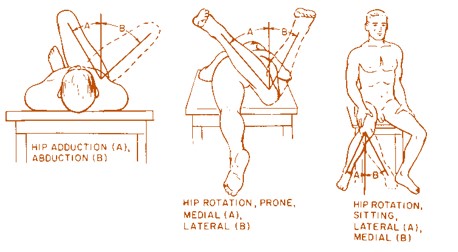Knee ACL Injury Prevention: The Hip and Trunk Bones are Connected to the ACL. Who knew?
Given the old adage that “Prevention is worth a pound of cure”, what would be a good place to start for knee ACL injury prevention? This has been a great few years in the medical research for Orthopedics 2.0 philosophy. As you may know, our book Orthopedics 2.0 focuses on how our modern fixation on surgery and where it hurts often short changes patients. It also discusses how overall body asymmetry impacts function and can cause injury. For example, I’ve blogged before on how poor shoulder range of motion in pitchers can cause elbow injuries and how the butt muscles going off line can cause the knee cap to get overloaded. Now yet another paper confirms these theories. This time the focus is on how problems in trunk and hip range of motion can put excessive strain on the knee ACL. A sophisticated motion and force plate capture system was used to measure movement of the trunk, hips, and knees during a cutting maneuver. The basic conclusion was that lack of or excessive motions in certain directions of the trunk and hips caused the knee to move in ways that would overload the ACL ligament and possibly cause injury. So what can you do? Take the symmetry test in our Orthopedics 2.0 book to look for any problems you have with motion and address these as recommended. The upshot? It’s all connected. Believing that since your knee hurts the problem that caused knee problems must be in the knee is likely not accurate!

If you have questions or comments about this blog post, please email us at [email protected]
NOTE: This blog post provides general information to help the reader better understand regenerative medicine, musculoskeletal health, and related subjects. All content provided in this blog, website, or any linked materials, including text, graphics, images, patient profiles, outcomes, and information, are not intended and should not be considered or used as a substitute for medical advice, diagnosis, or treatment. Please always consult with a professional and certified healthcare provider to discuss if a treatment is right for you.
